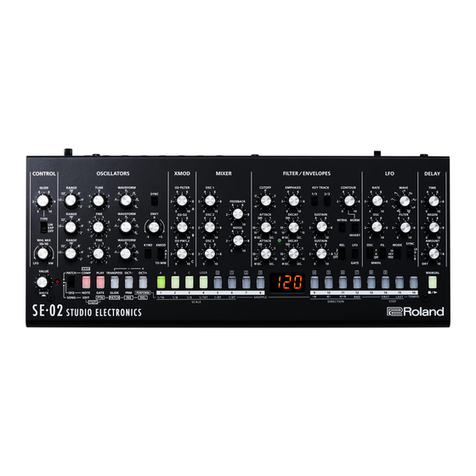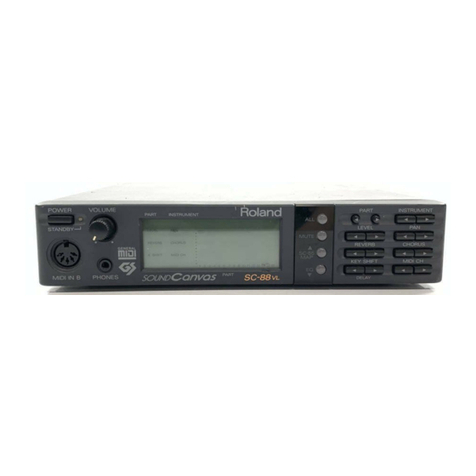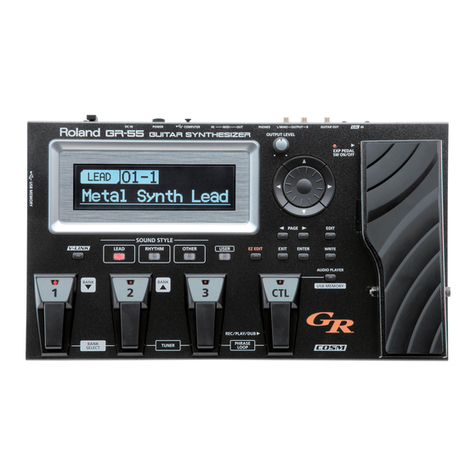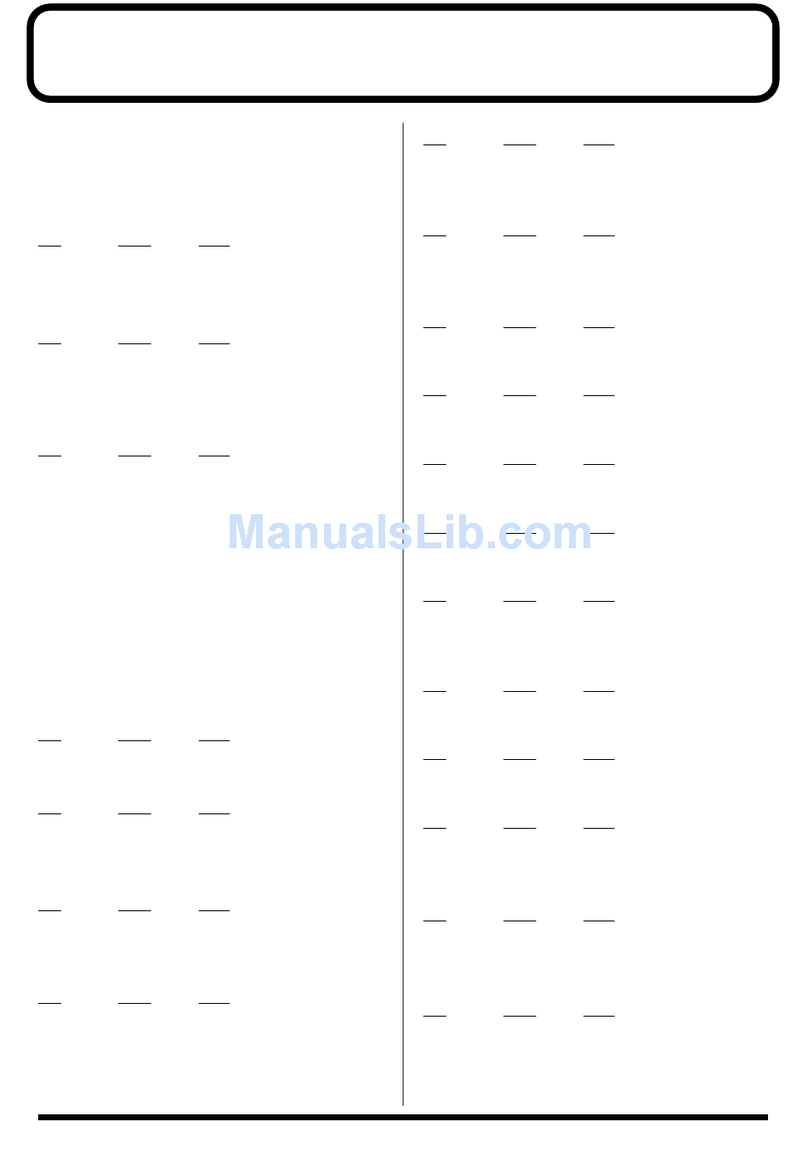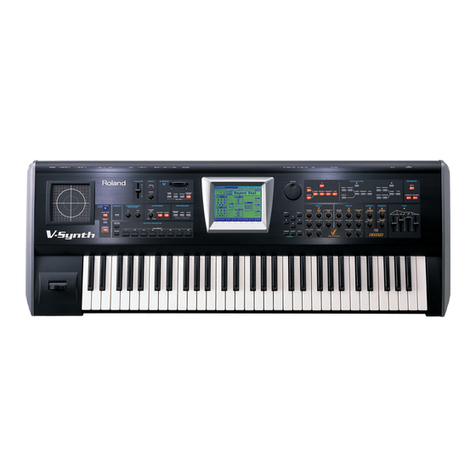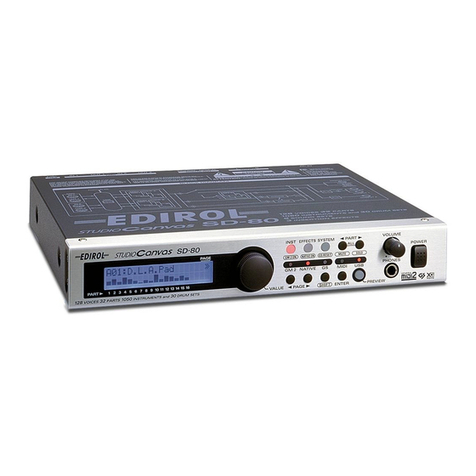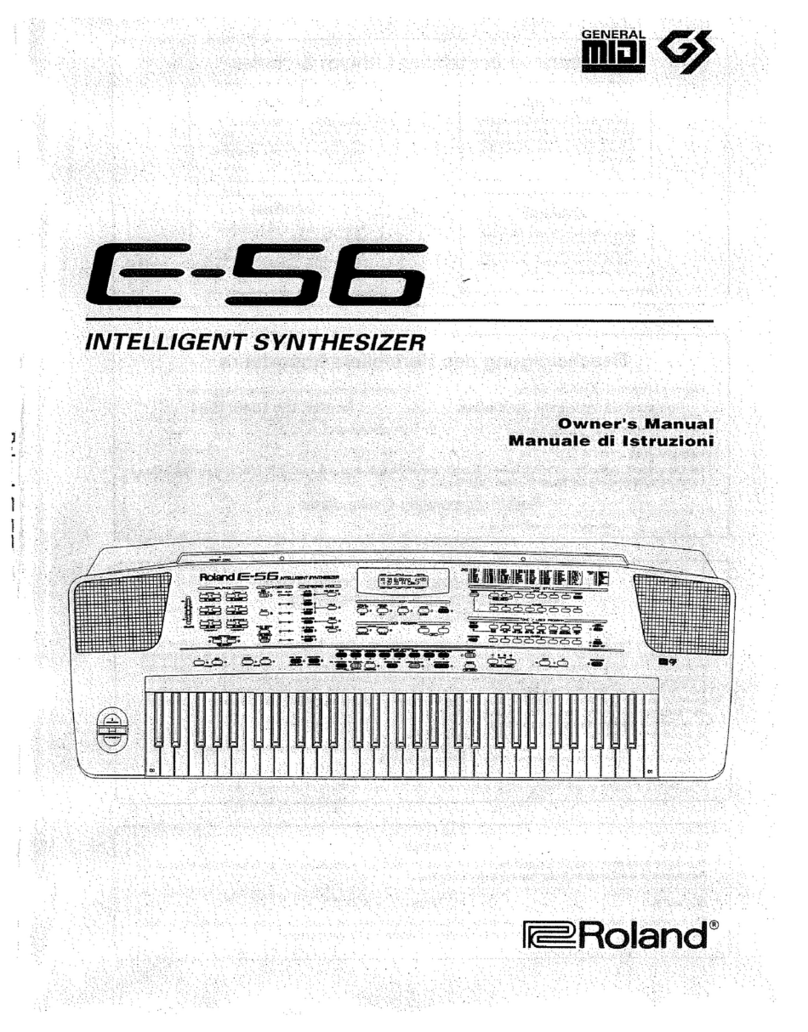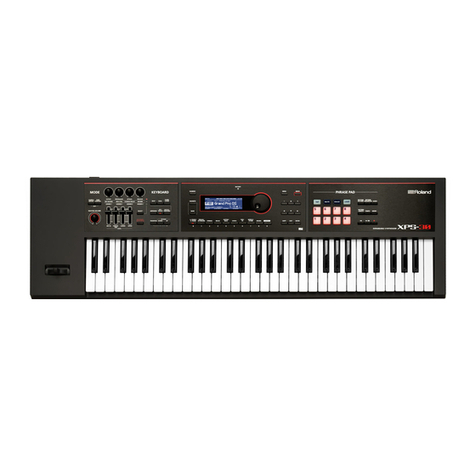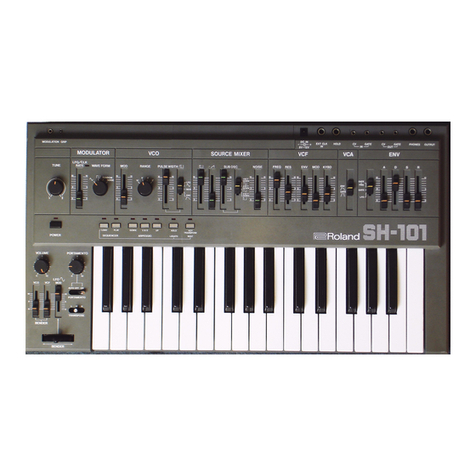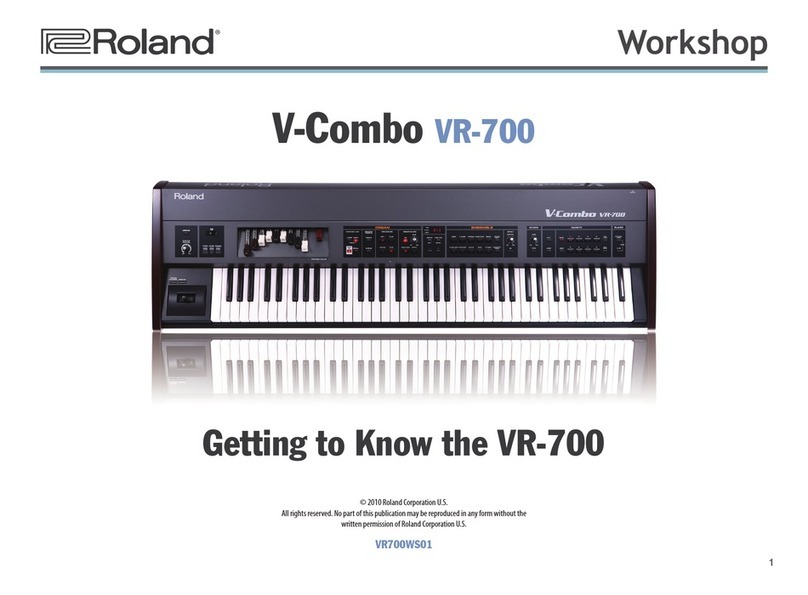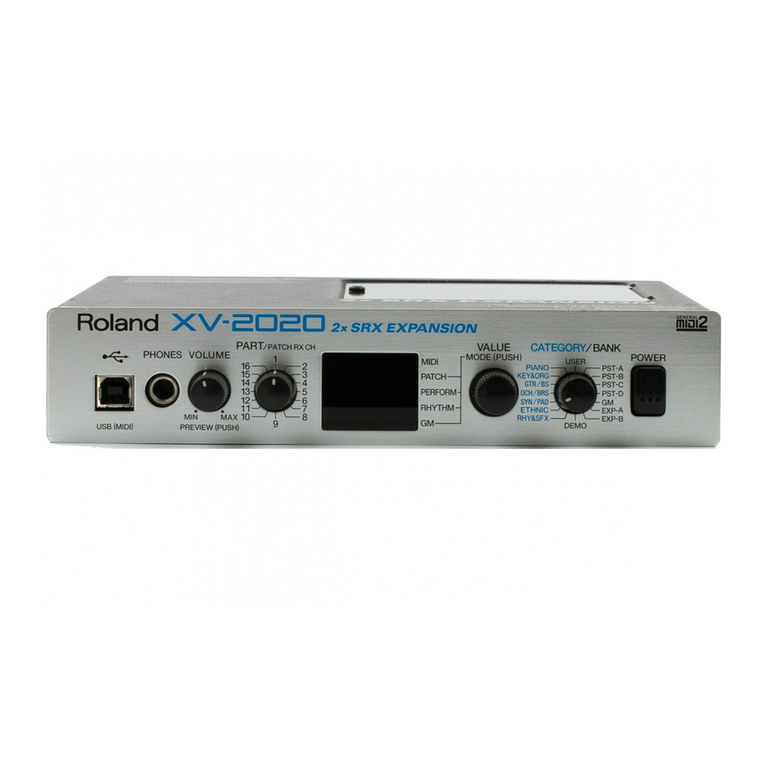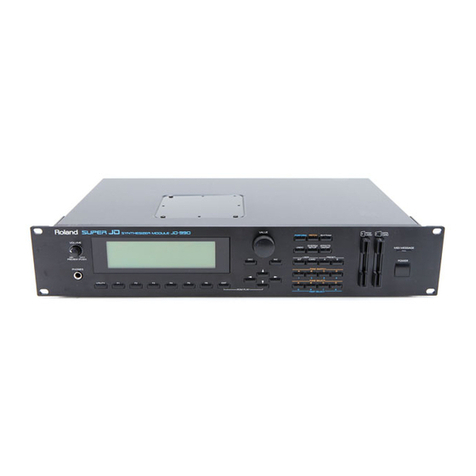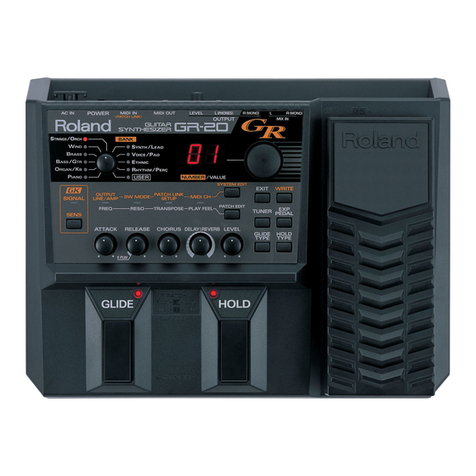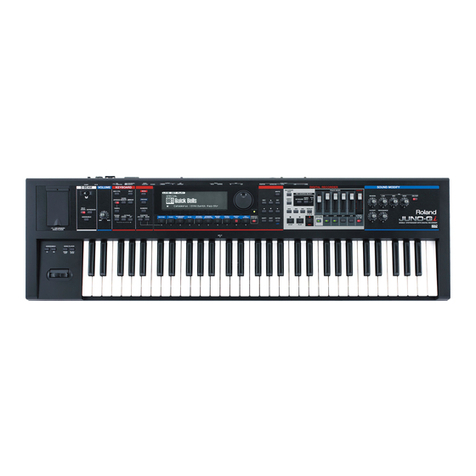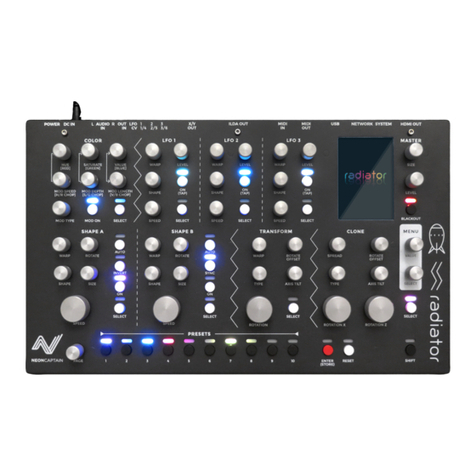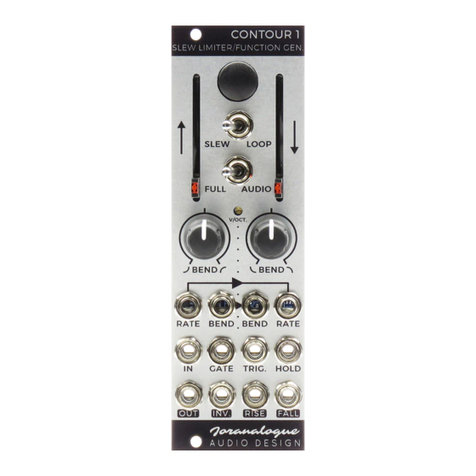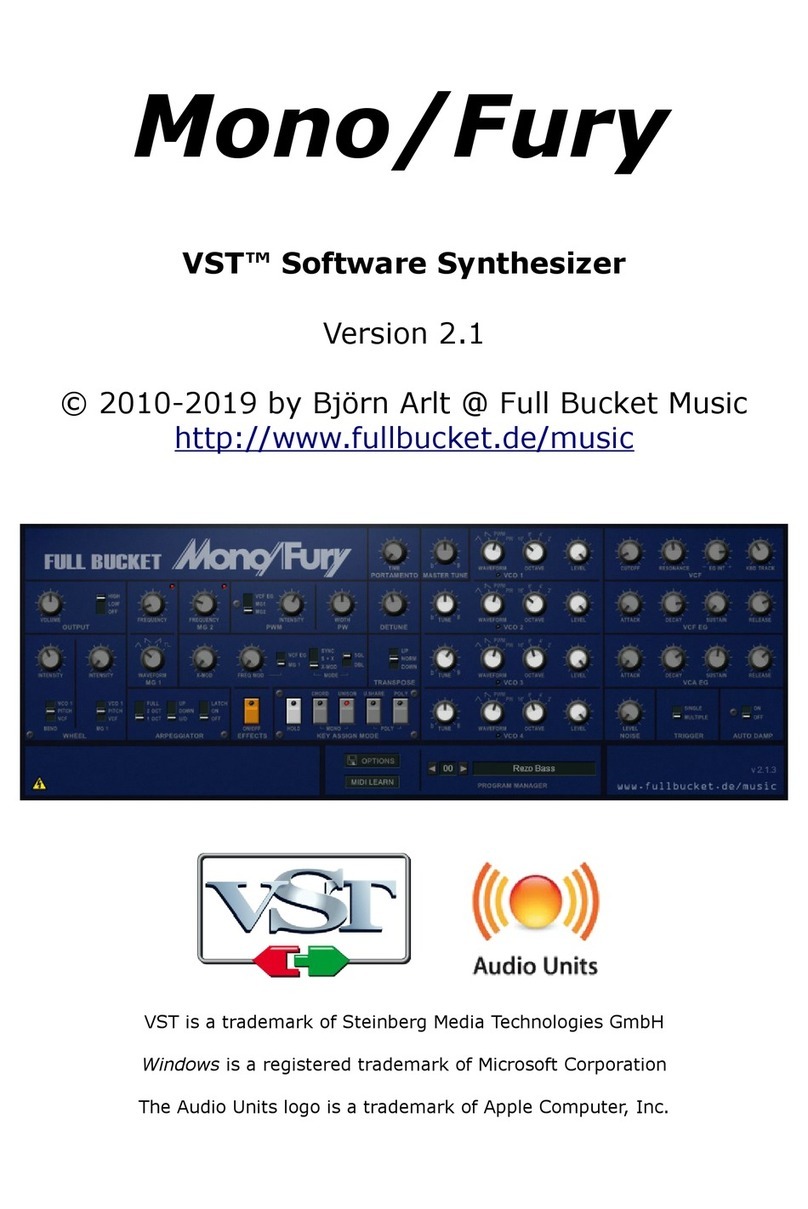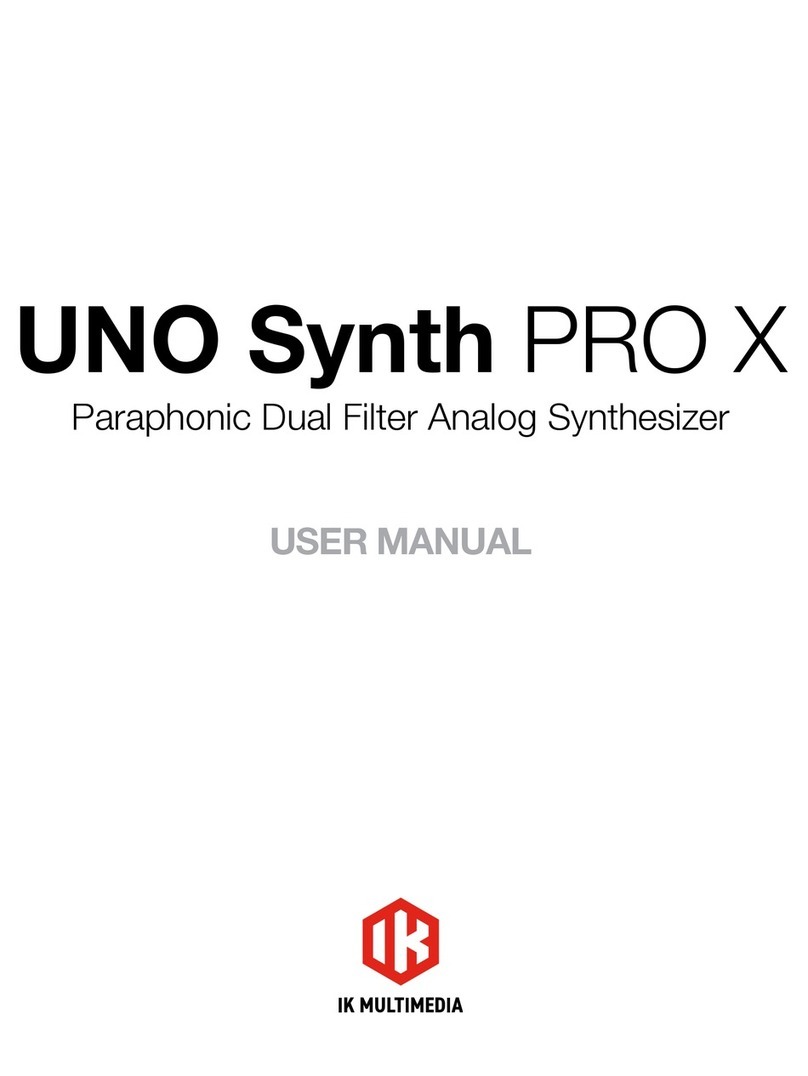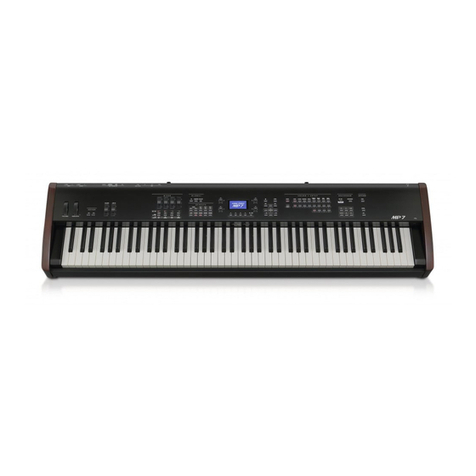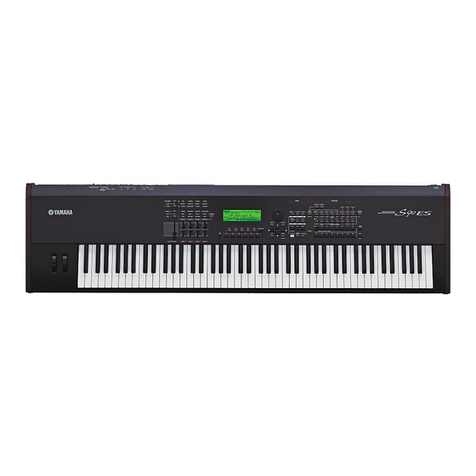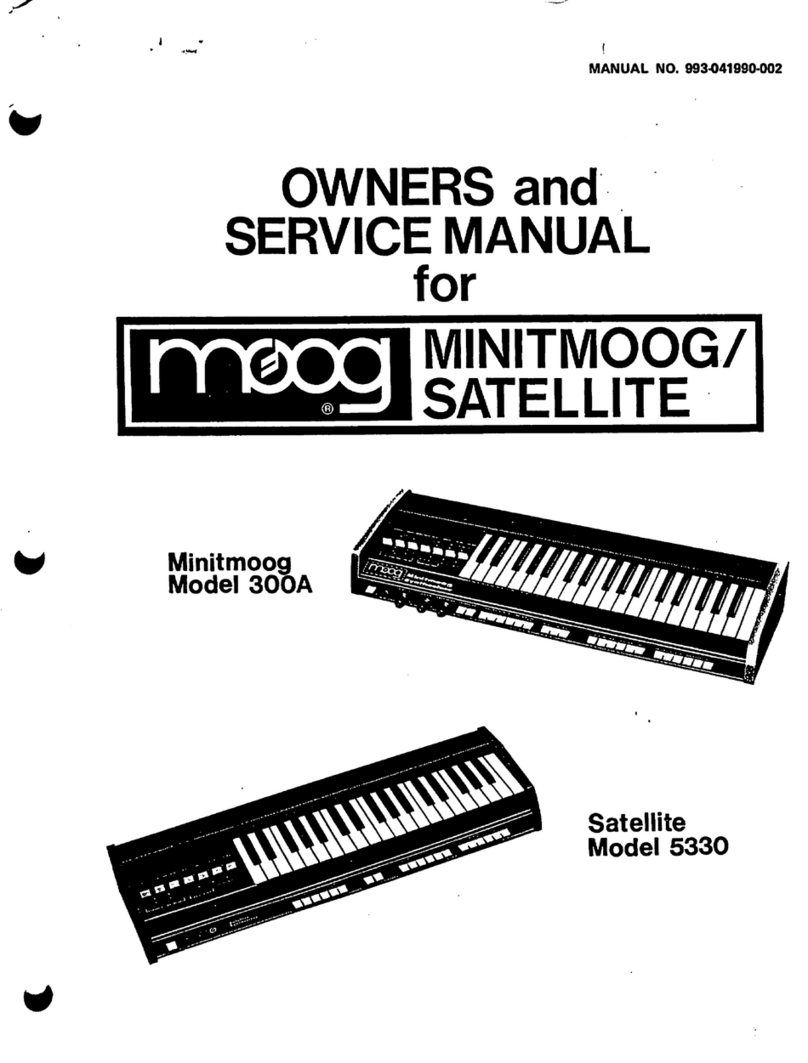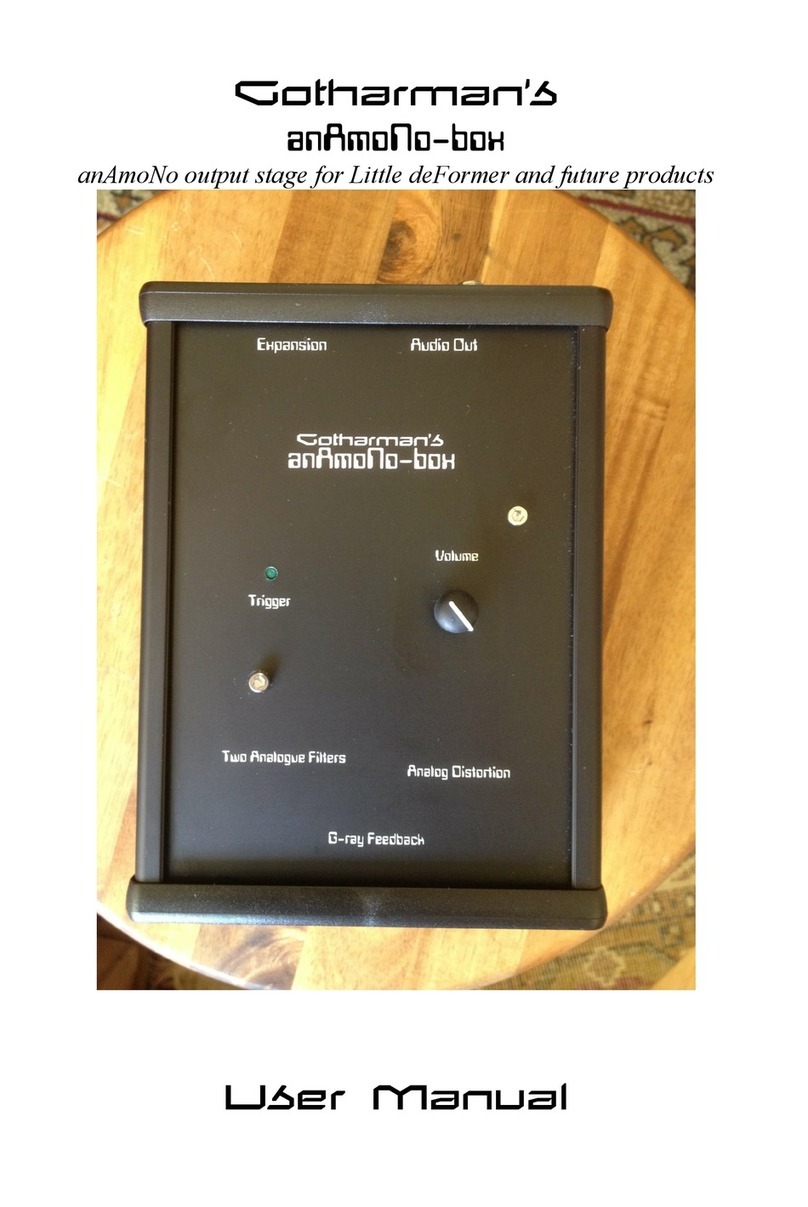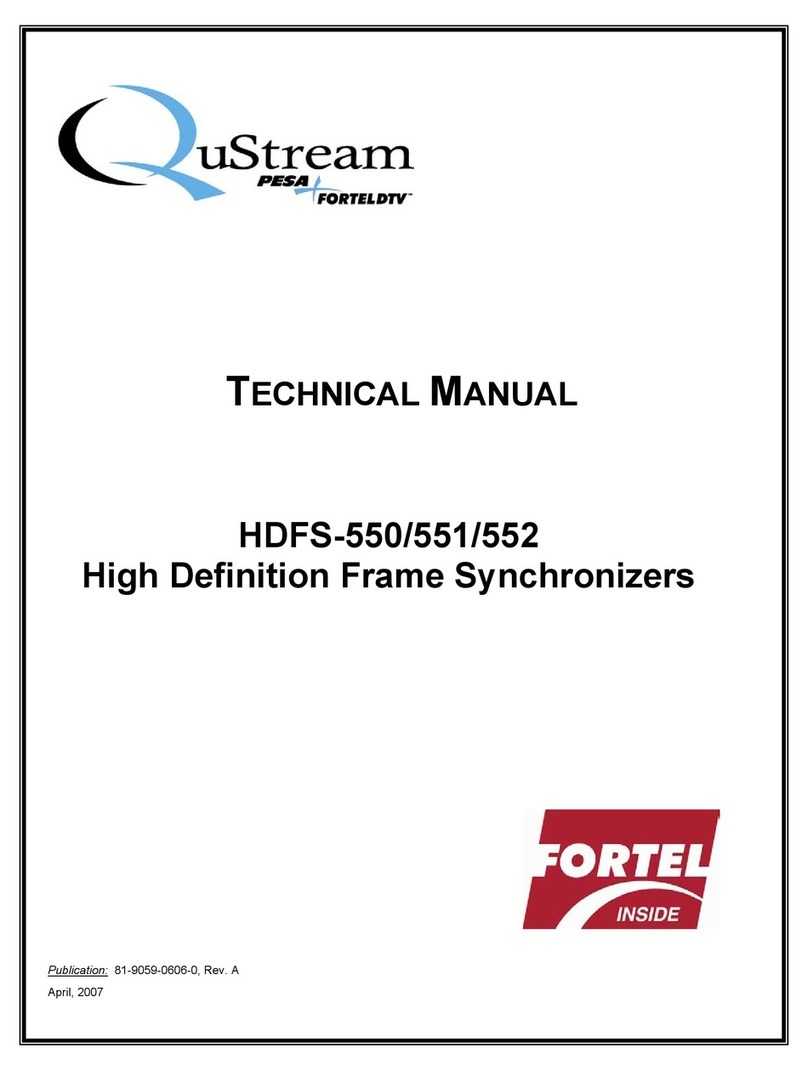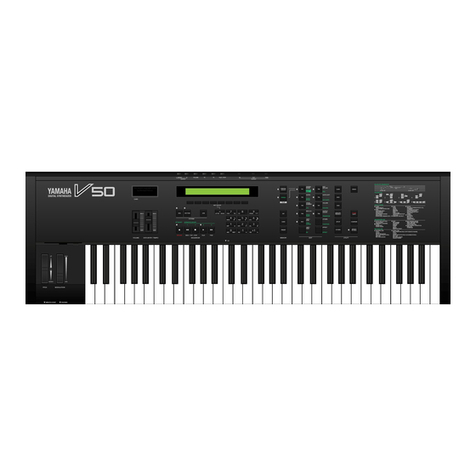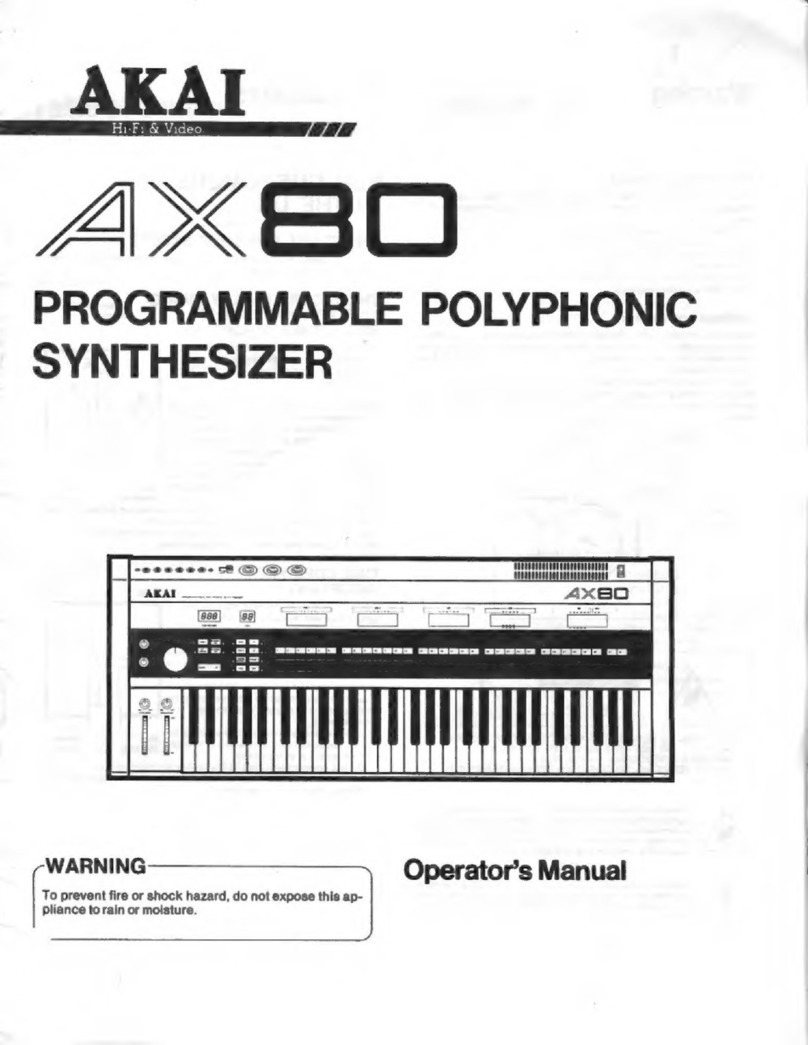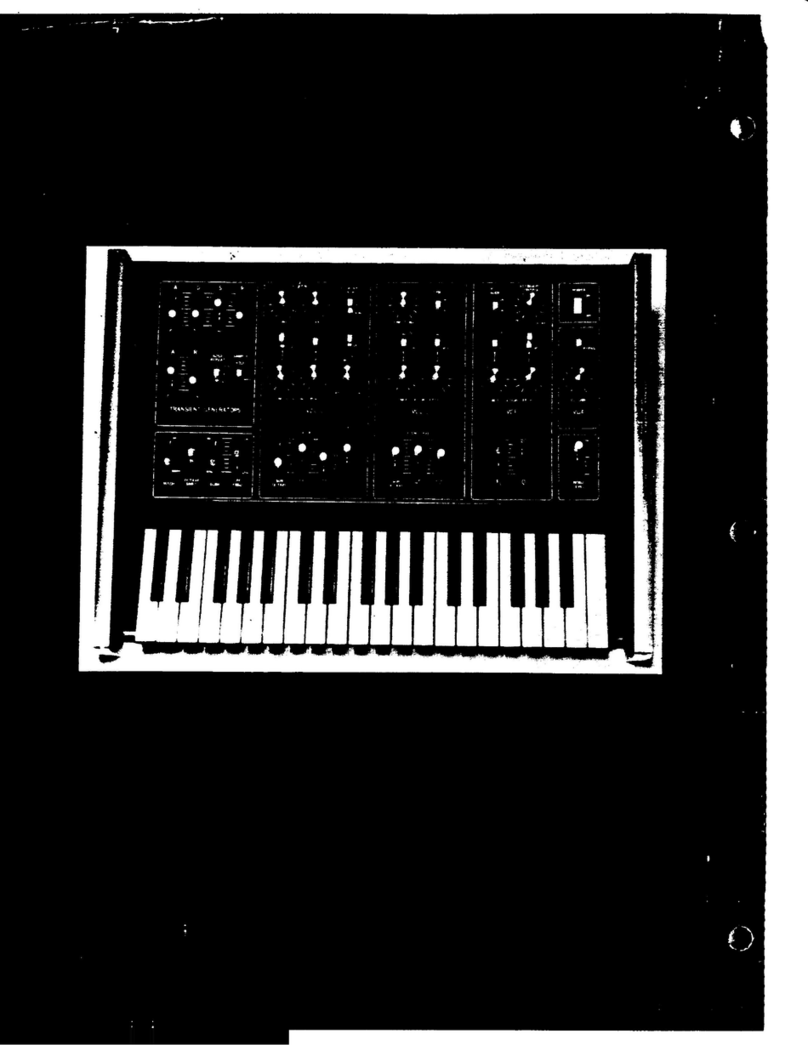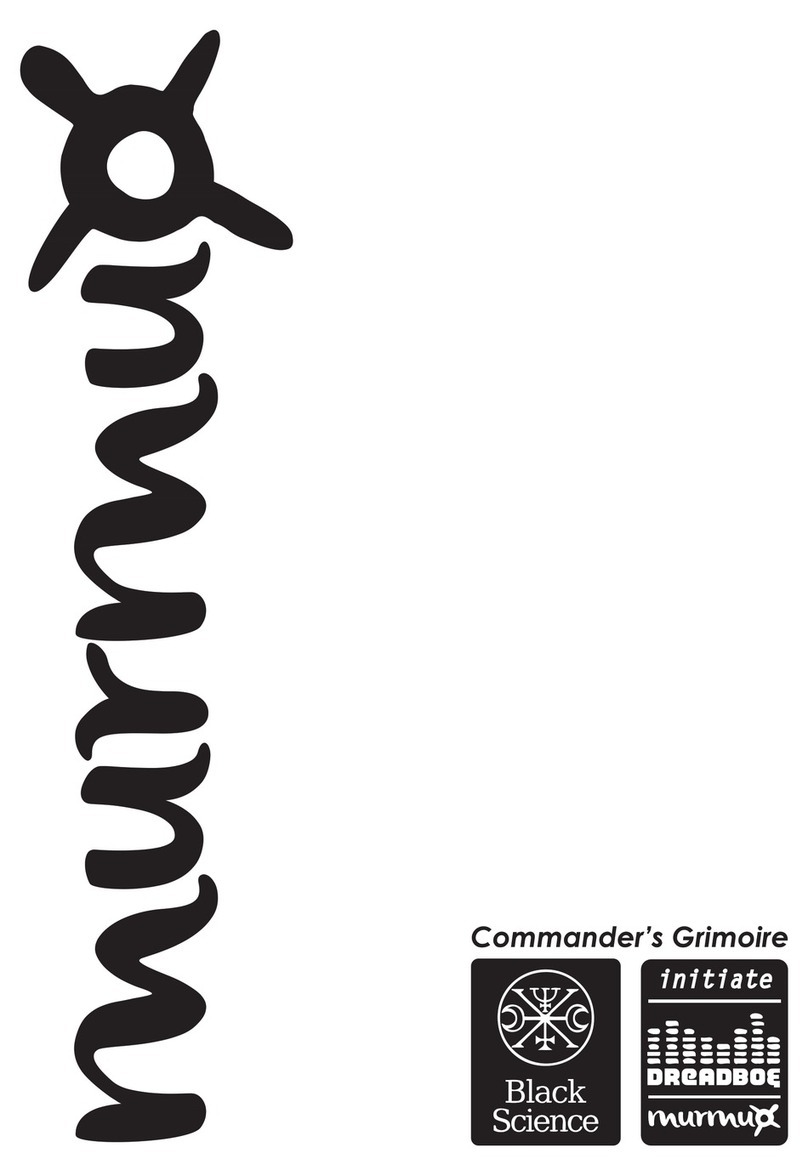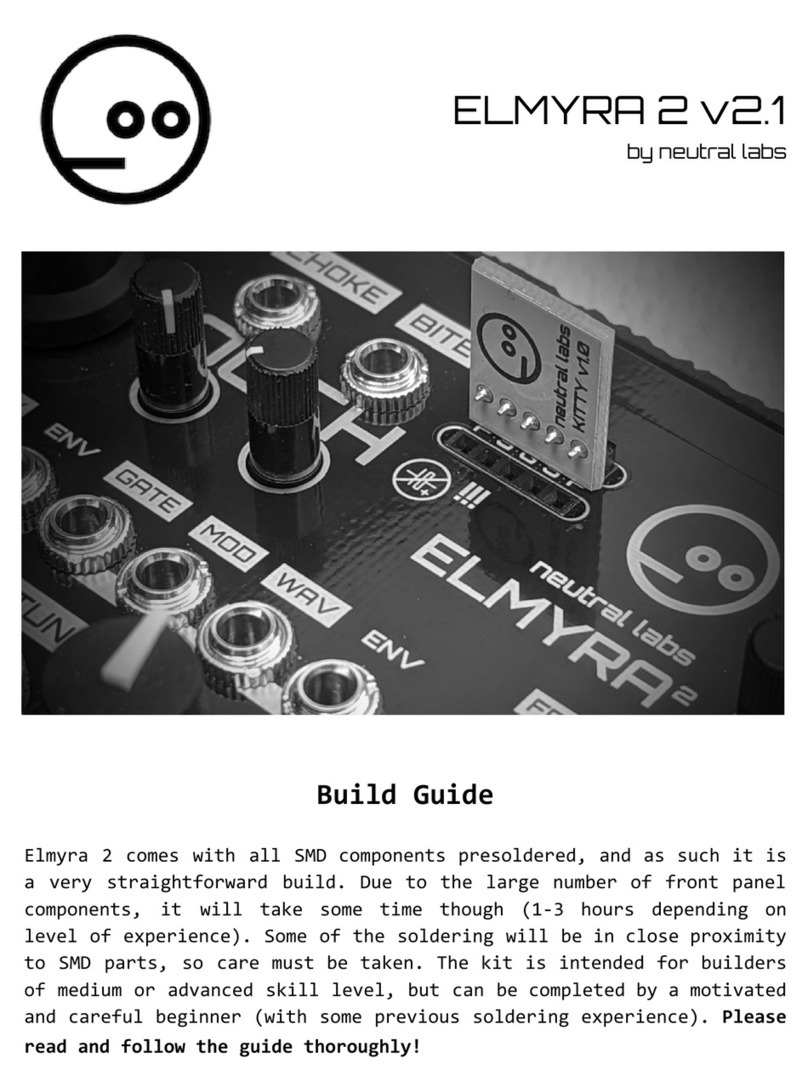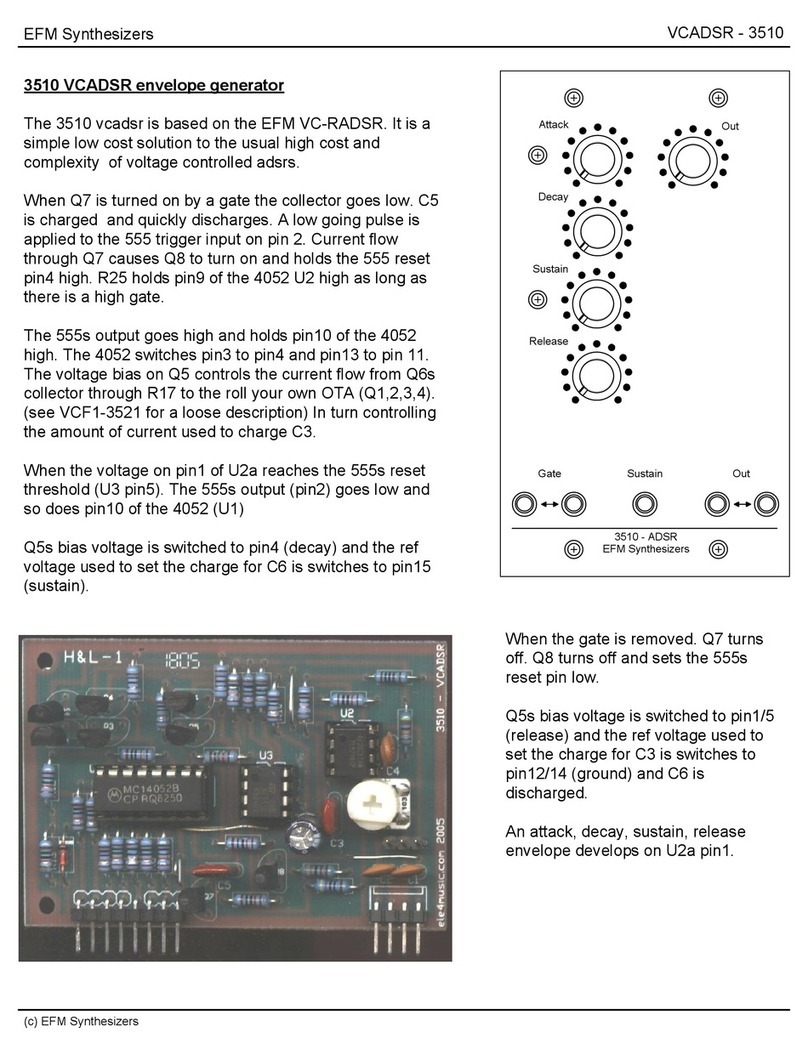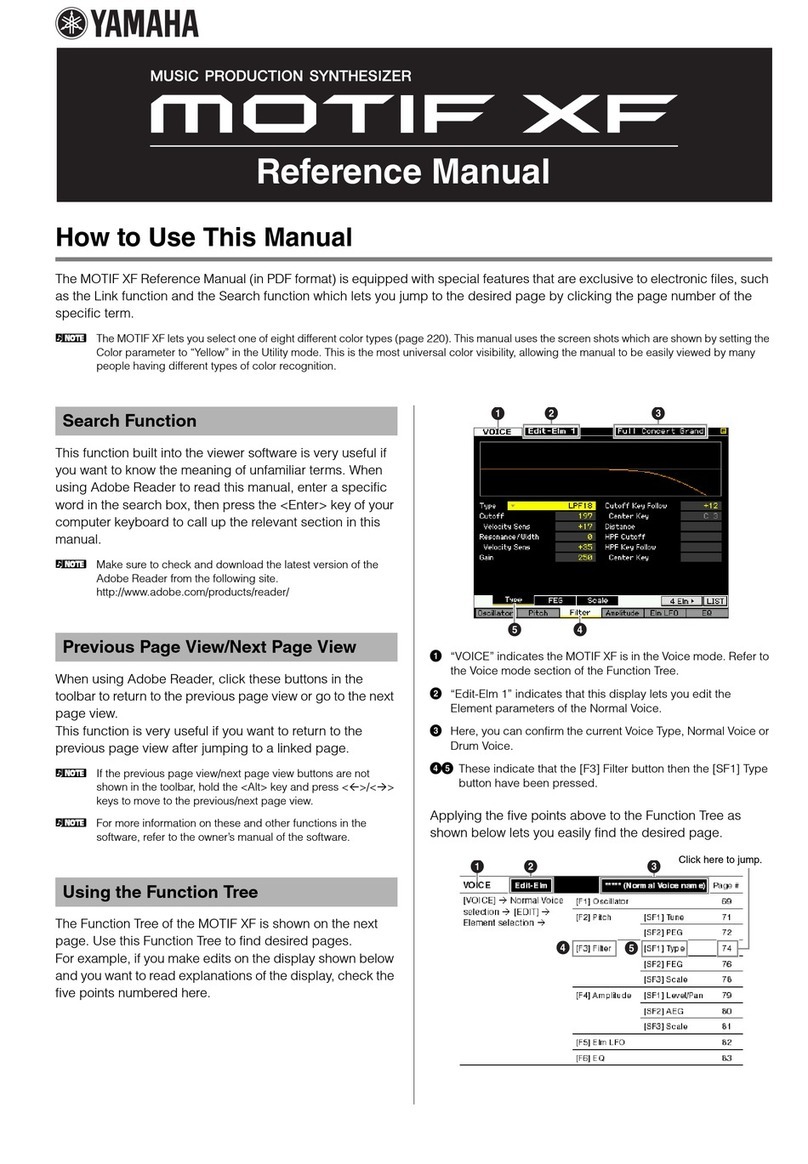
1. Introduction 2. Theory of the Synthesizer
Asynthesizer is not an organ. The basic
difference lies in the synthesizer's ability to
freely modify sound envelopes, or, in other
words, radically alter the quality of musical
sounds.
The synthesizer can modify sound enve-
lope elements to change envelope charac-
teristics and thus modify volume and tone to
synthesize many sounds which are unlike any
which can be produced by conventional
instruments, in addition to sounds which are
exactly like those of conventional instru-
ments.
Thus, the Synthesizer has the inherent
capability of extending the range of musical
conception through production of unique
new sounds.
The Voice Generator, which generates
electronic signals that play an important role
in all electronic musical instruments, is
composed of the VCO "Voltage Controlled
Oscillator", and its musical interval is con-
trolled by the voltage coming from the
keyboard switch. As the wave form of the
music sound produced by the VCO has many
harmonics, the desired tone is produced
through aVCF or "Voltage Controlled
Filter".
The function of the Filter is also de-
pendent on the voltage. The signal through
the VCF is modified with regard to the
rising, falling or the maintaining of sound
by the function of the VCA "Voltage
Controlled Amplifier".
Consequently, the VCO, VCF and VCA
are the crux of Synthesizer operation.
There are included various kinds of
voltage generators to modify these three
circuits. For example, the LFO (Low Fre-
quency Oscillator) generates an electronic
oscillation lower than audio-frequency and
supplies voltage to the VCO for Vibrato, to
the VCF for Growl, and to the VCA for
Tremolo functions. And aSAMPLER
incorporating adifferent LFO taps at regular
intervals the input voltage produced by the
first mentioned LFO or random voltage
produced by the Noise Generator and
supplies this voltage into the VCO to create
special sounds regardless of individual key-
board notes.
3


